Candida auris, an invisible fungus, can live on surfaces for weeks. It affects people with weakened immune systems, often when they’re at hospitals.



For the first time, a government is supporting a plan to create animal embryos with human cells and bring them to term, resulting in a type of humanimal known as a human-animal chimera.
According to Nature, a committee from Japan’s science ministry signed off on a request by researchers to grow human pancreases in either rats or mice, the first such experiment to gain approval since a government ban was reversed earlier this year.
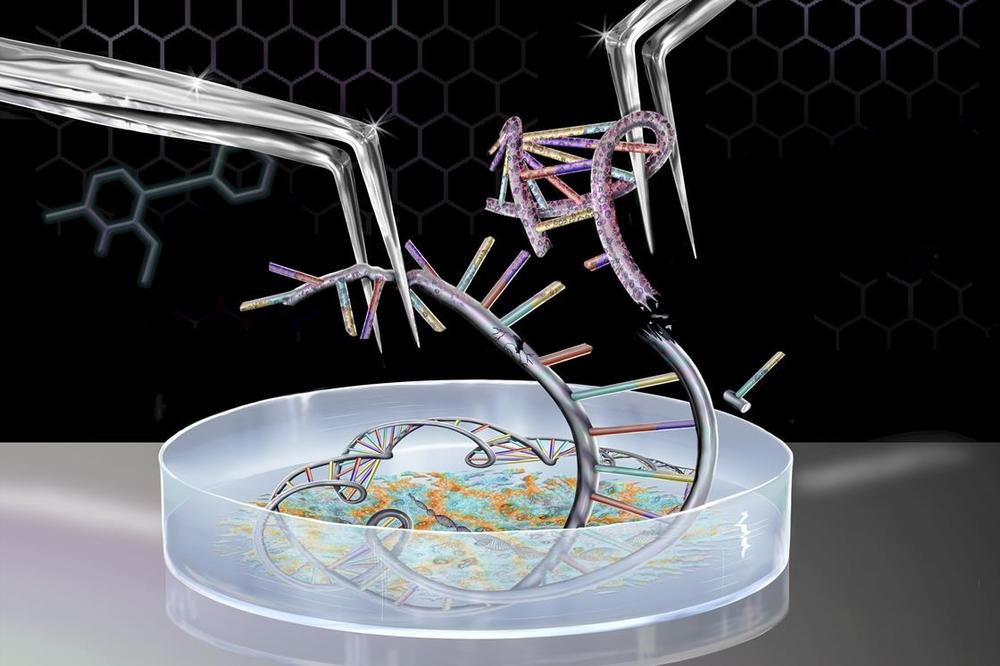
Sciatic nerves isolated from untreated mice (left) show evidence of demyelination, which is improved upon treatment (right)
Researchers in Canada and Sweden have used a novel Crispr system to reverse harm caused by muscular dystrophy – usually thought to be permanent – in mice. Pre-clinical studies often treat animals early, before symptoms can be detected, says Ronald Cohn, senior scientist, president and chief executive officer of The Hospital for Sick Children in Toronto.
‘Our results now show that the therapeutic window may indeed be wider,’ Cohn tells Chemistry World. This is significant as all patients ‘are currently diagnosed at a time when symptoms are already presenting’, he adds. The researchers are now exploring partnerships with industry to work towards bringing the research into a clinical trial.
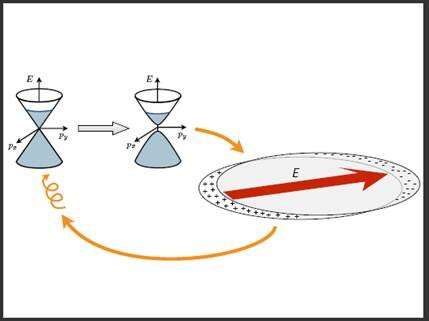
Physicists from Nanyang Technological University, Singapore (NTU Singapore) and the Niels Bohr Institute in Copenhagen, Denmark, have devised a method to turn a non-magnetic metal into a magnet using laser light.
Magnets and their magnetic field are typically produced by circulating currents, like those found in everyday electromagnetic coils. The ‘handedness’ of these coils—whether they are wound in clockwise or anticlockwise fashion—determines the direction of the magnetic field produced.
The scientists theorise that when non-magnetic metallic disks are illuminated by linearly polarised light—light that does not possess any handedness of its own—circulating electric currents and hence magnetism can spontaneously emerge in the disk.
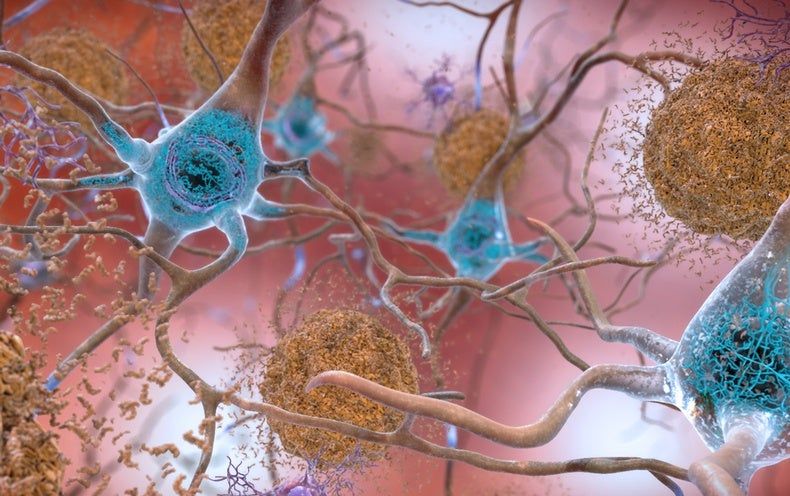
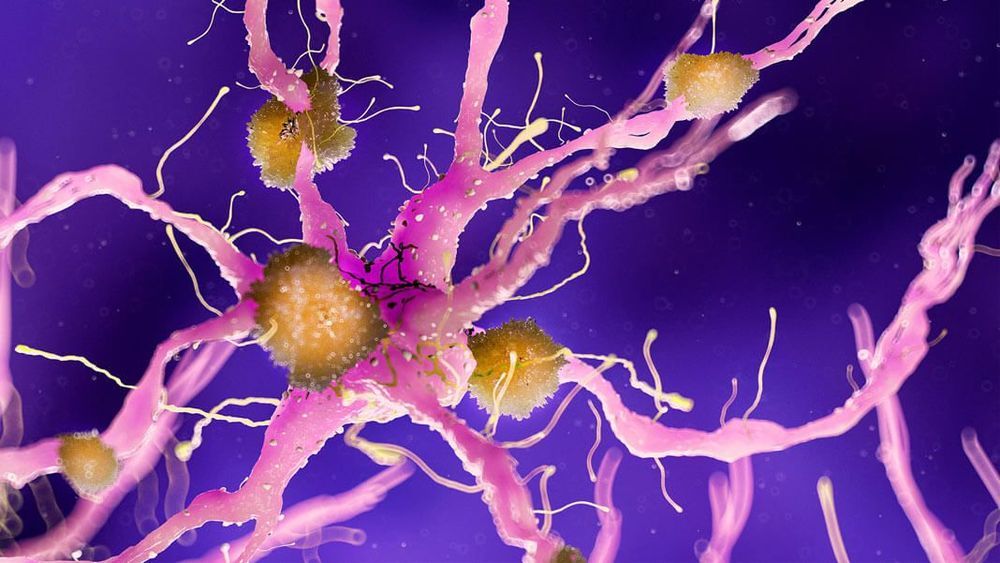
For the past quarter century, scientists battled Alzheimer’s disease under a single guiding principle: that protein clumps—beta-amyloid—deposited outside sensitive brain cells gradually damage neuronal functions and trigger memory loss. The solution seems simple: remove junk amyloid, protect the brain.
They could be completely wrong.
Last month, Alzheimer’s disease defeated another promising near-market drug that tried to prevent or remove amyloid deposits, adding to the disease’s therapeutic “graveyard of dreams.” Although the drug removed toxic amyloid, the patients didn’t get better. The failure is once again spurring scientists to confront an uncomfortable truth: targeting amyloid clumps when patients already show memory symptoms doesn’t work. Wiping out soluble amyloid—fragments of proteins before they aggregate into junk—also dead ends.
The journal club hosted by Dr. Oliver Medvedik returns for July and takes a look at the new SIRT6 evolutionary biology paper by Dr. Vera Gorbunova and collaborators, showing a relationship between enhanced SIRT6 function and longevity.
Abstract DNA repair has been hypothesized to be a longevity determinant, but the evidence for it is based largely on accelerated aging phenotypes of DNA repair mutants. Here, using a panel of 18 rodent species with diverse lifespans, we show that more robust DNA double-strand break (DSB) repair, but not nucleotide excision repair (NER), coevolves with longevity. Evolution of NER, unlike DSB, is shaped primarily by sunlight exposure. We further show that the capacity of the SIRT6 protein to promote DSB repair accounts for a major part of the variation in DSB repair efficacy between short- and long-lived species. We dissected the molecular differences between a weak (mouse) and a strong (beaver) SIRT6 protein and identified five amino acid residues that are fully responsible for their differential activities. Our findings demonstrate that DSB repair and SIRT6 have been optimized during the evolution of longevity, which provides new targets for anti-aging interventions.
Literature
Tian, X., Firsanov, D., Zhang, Z., Cheng, Y., Luo, L., Tombline, G., … & Goldfarb, A. (2019). SIRT6 Is Responsible for More Efficient DNA Double-Strand Break Repair in Long-Lived Species. Cell, 177, 622–638.
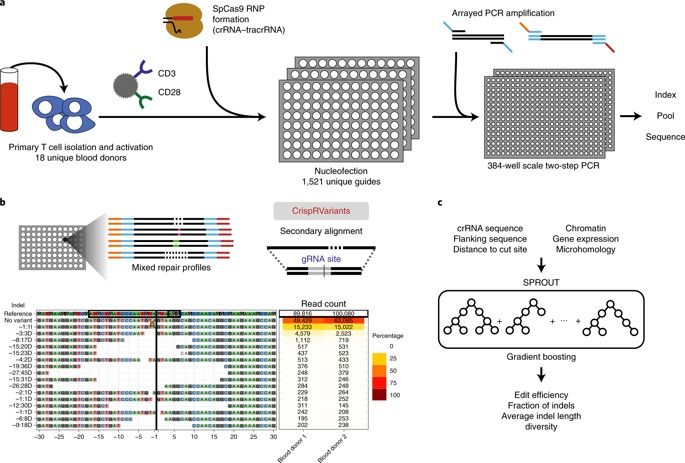
Understanding of repair outcomes after Cas9-induced DNA cleavage is still limited, especially in primary human cells. We sequence repair outcomes at 1,656 on-target genomic sites in primary human T cells and use these data to train a machine learning model, which we have called CRISPR Repair Outcome (SPROUT). SPROUT accurately predicts the length, probability and sequence of nucleotide insertions and deletions, and will facilitate design of SpCas9 guide RNAs in therapeutically important primary human cells.
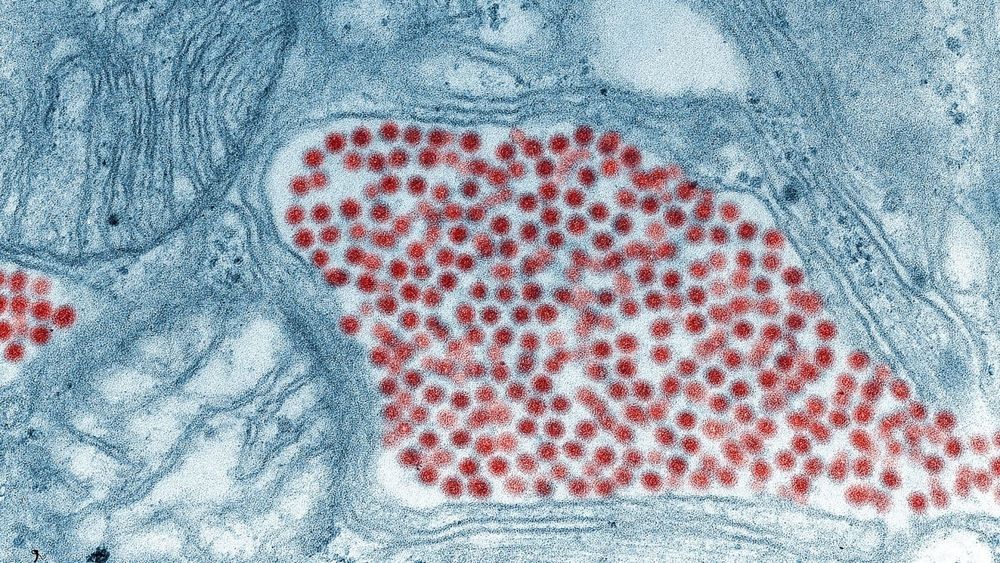
One of the most dangerous but thankfully rare mosquitoborne diseases has been spotted again in Florida, state health officials say. According to a public advisory issued this month by the Florida Department of Health in Orange County, the Eastern equine encephalitis virus (EEEV) was found in the state. The virus is capable of causing severe brain damage that can kill up to a third of its human victims.
EEEV can be spread by several species of mosquitoes, including those that make their home along the warmer areas of the U.S. Though many people infected with EEEV either develop no or only flu-like symptoms, around 5 percent go on to experience serious brain swelling (the titular encephalitis). This swelling can then lead to headaches, drowsiness, convulsions, and coma, with death coming as quickly as two days after symptoms start. And even if you’re lucky enough to survive the experience, you’ll probably be left with lifelong neurological impairment.

Ending Age-Related Diseases 2019 is over, and the dust is starting to settle after what can only be described as a hugely successful event for our organization. This was our second year of running a conference, and once more, we focused on the research and investment areas of rejuvenation biotechnology.
Totally sold out
This year, our venue at the Frederick P. Rose Auditorium at the Cooper Union in New York City was so popular that we totally sold out of tickets this year and had to turn people away! Our advice for next year is definitely to book early to avoid disappointment and take advantage of the lower prices that early booking offers.